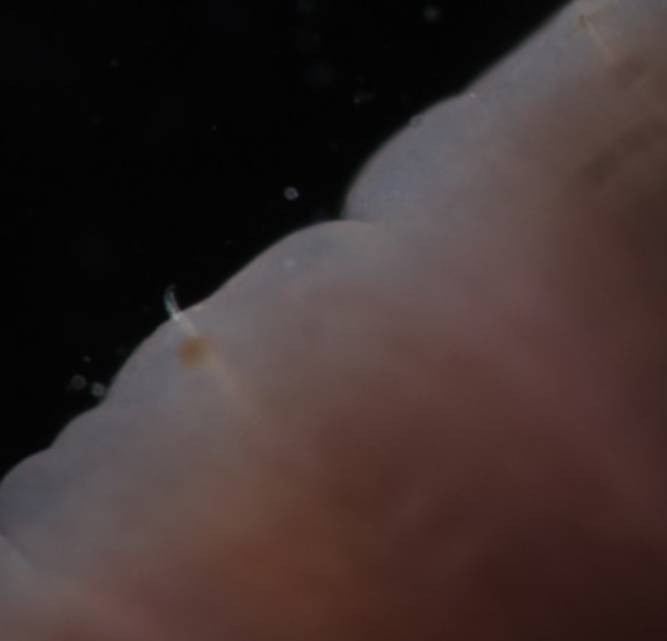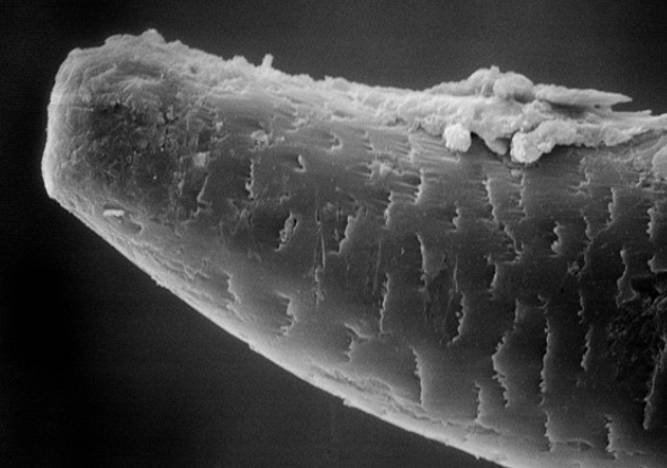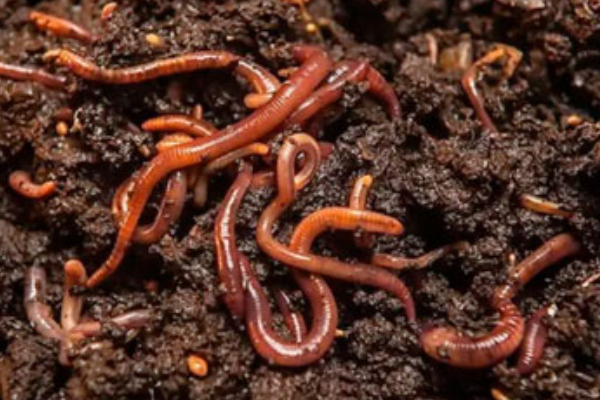Characteristics of the earthworm
Characteristics of the Earthworm Of all annelids, for our purposes, we are interested in oligochaetes. The body of these animals is a tube segmented outside and inside (metamerized). The surface of the body, or cuticle, is adorned by small chitinous spines (for this reason, called ketas), embedded in cuticular glands and with which, it helps in displacements. Moving into the body, below the cuticle, we can see circular, longitudinal and oblique muscles whose coordinated work produces the peristaltic movements used in movement, as if it were a human intestine.
The internal cavity is wide and filled with a liquid where phagocytic cells are observed that devour all foreign bodies, including microorganisms, mainly bacteria. The digestive tract is practically rectilinear, although there is a sucking mouth, a powerful pharynx, a crusher bag or gizzard, a food-storing crop, and an intestine, which empties into an anus, at the end of the body. Limiting up and down the digestive tract, two circulatory vessels are observed and, more ventrally, a ladder-shaped nervous system, but with a pair of nerve ganglia per segment, all of them connected by longitudinal nerves with a brain located in the first segment (or first segments) of the body.

They do not have formal sensory organs, but they do have fine-function chemoreceptors, although some species may have photoreceptor spots that are stimulated by changes in light. In fact, most worms are photophobic and flee from light, so they have eye spots capable of capturing light waves and fleeing from them, burying themselves in the substrate.
The worms we are interested in are hermaphrodites, that is, they have a male and a female reproductive organ, with testicles and ovaries, located in different segments, reportable due to their larger size and that make up the so-called clitellum. Self-fertilization is not the general rule, although it may occur from time to time. What is common is cross-fertilization, in such a way that two individuals come together to exchange their reproductive material, after which the fertilized eggs are evacuated in a bag called a cocón. After embryonic development, small independent worms emerge by direct development.

Red worm rings detail. A whitish hair-shaped queta can be seen.
Most earthworms are capable of asexual reproduction by regeneration. In fact, sometimes and given how hostile the substrate where worms live becomes, the body can fracture and split into several sections, each of which regenerates the part that is missing, the more effectively the closer the remaining part of the primitive cephalic area. In some species, this reproduction is normal, not accidental and can be carried out in two ways, first the animal is elongated excessively and later it is split into the worms that should remain (paratomic regeneration) or vice versa, first it is split and then regenerates (architomic regeneration). Whatever it is, it has been used in captivity to produce a large population in a short time.







